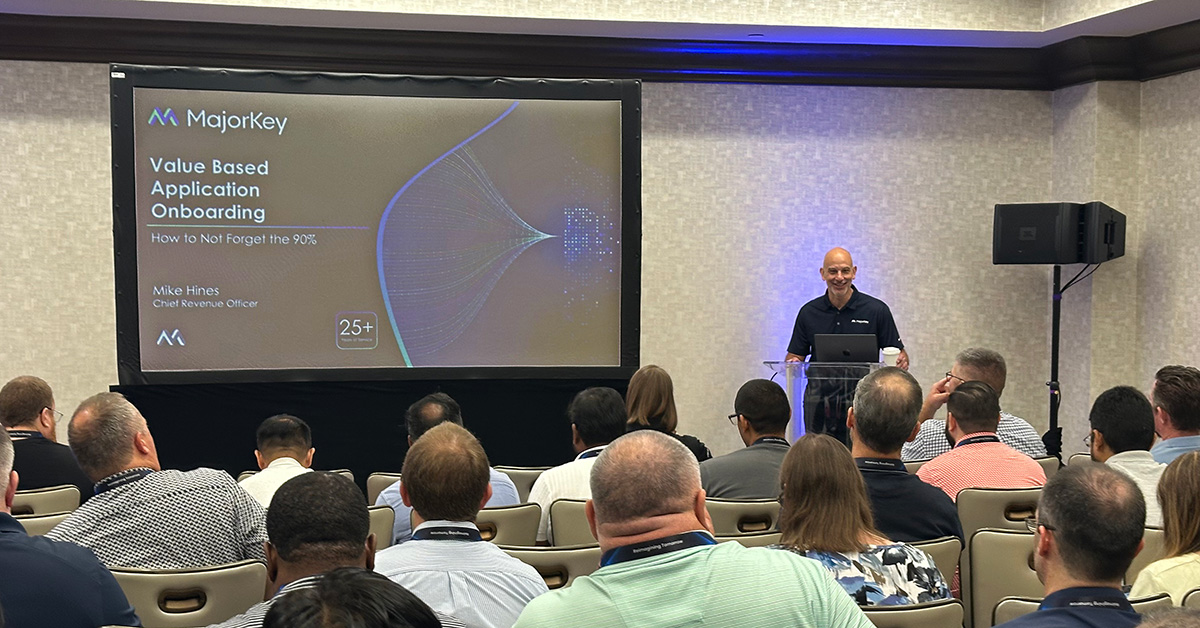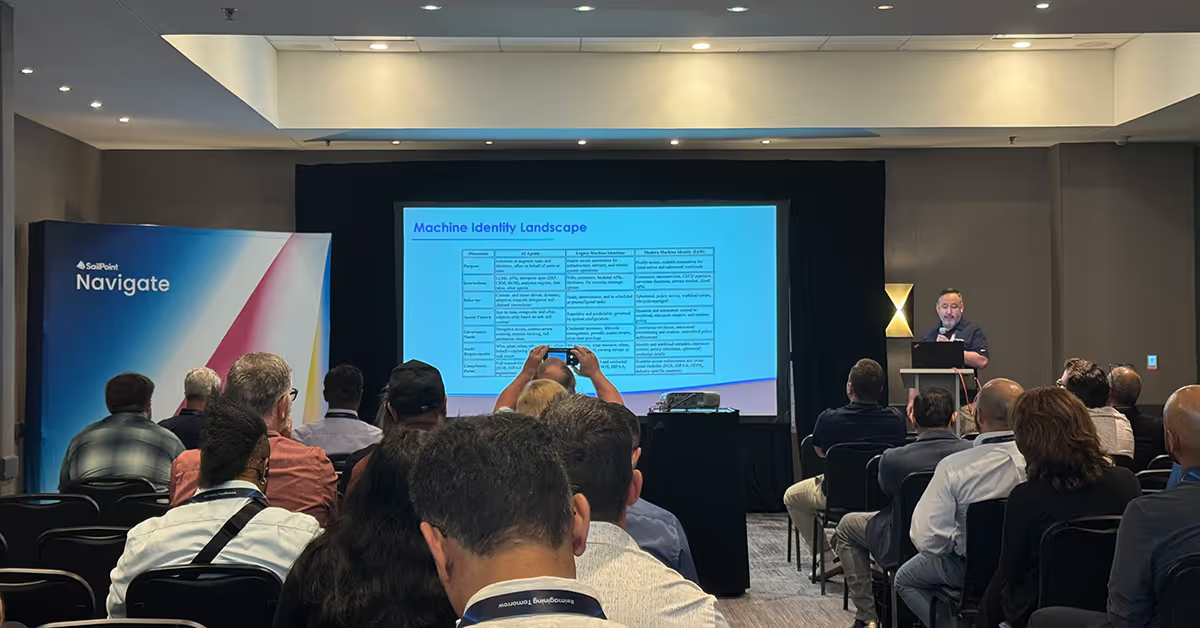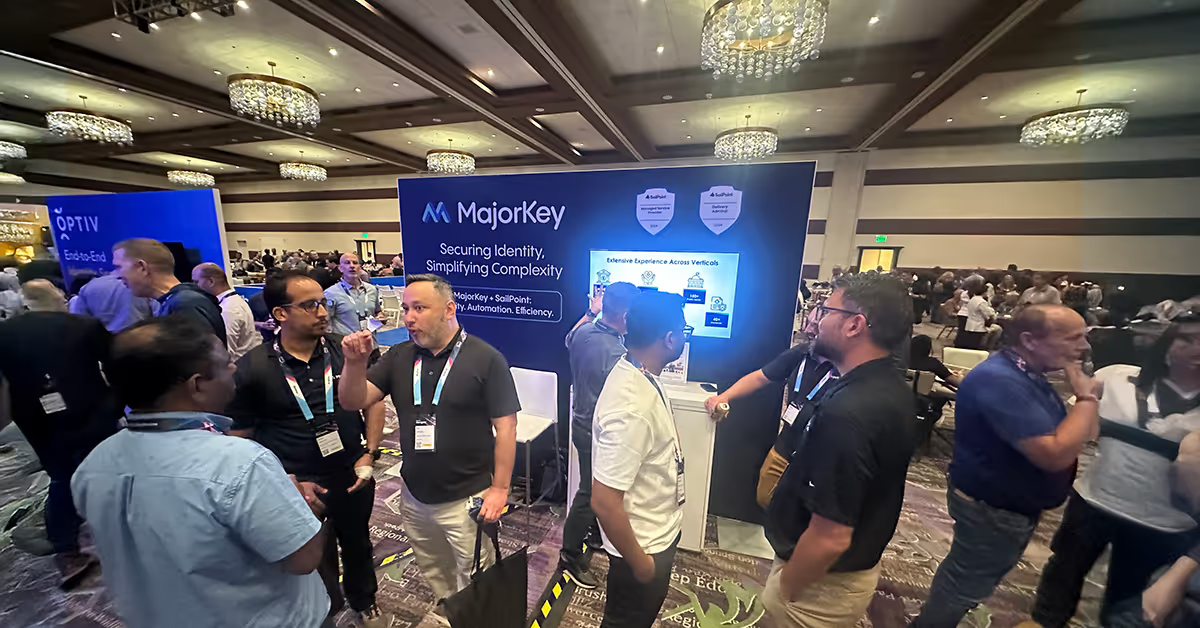How CIAM Tools Collect and Use Customer Data to Enable Customer Lifecycle Management and Enhance the Customer Experience
July 20, 2023
|
Duration:
4
min READ

CIAM tools collect customer data from a variety of sources at various stages of the user’s lifecycle. While the exact type and nature of the data can vary from industry to industry, we've collected a list of the top sources of customer data being collected and used today.
Account registration/User on-boarding
This is the first step of the CIAM data collection process. It captures standard contact information and allows the user to set up their username and password (depending on the authentication method being utilized).
User authentication
Every time a user accesses their account, certain data is collected. Typically, this includes device, location, and time data which is used to verify identity and analyze for potential fraud.
User activity
This data includes behavioral actions taken by the user across an organization’s applications and systems. Behavioral actions are useful in that they allow the organization to better understand the user’s specific journey to better personalize.
User self-service updates
One of the greatest selling points of CIAM tools is that they put power back into the hands of the customer. Users can update contact information, financial details, preferences, or consent settings.
System integrations
CIAM tools are often integrated into other business applications. This helps remove data silos between an organization’s CRM, customer support, e-commerce platforms, marketing automation tools, and other business applications. Such integration allows a much more personalized user experience.
How Customer Data is Utilized
As customer data is collected, there is a wide variety of ways it can be utilized to improve the customer experience, increase security, enable sales and marketing strategies, and meet legal and regulatory requirements.
Personalization
By understanding the customer’s behavior and preferences, organizations are better able to customize offerings and communications, helping to bolster customer satisfaction and loyalty.
Security and fraud detection
One of the biggest use cases for CIAM applications is enhanced security and fraud detection. Organizations can detect suspicious activities by tracking customer data such as typical login times, locations, devices, and other identifying information.
Regulatory compliance
Another major function of CIAM tools is the ability to comply with various regulatory and compliance requirements. CIAM tools enable users to provide consent which can be tracked at an organizational level, helping to meet requirements such as GDPR.
Enhancing business offerings
By collecting user activity and insights, organizations make more informed decisions around product development, customer service, and more.
Better customer support
When a support team has access to a fully unified view of a user’s data, they can provide more effective support.
Marketing and sales strategies
By integrating CIAM tools with marketing and sales tools, organizations can employ highly targeted marketing messaging. This helps optimize cross-selling, upselling and reselling of licenses and services over time.
How CIAM Tools Enable Customer Lifecycle Management
From the moment a user registers until the profile is closed, CIAM tools play an integral role in managing customer lifecycles.
User onboarding
CIAM tools greatly simplify user registrations through low friction sign up processes. This improves customer convenience and can increase conversion rates.
Self-service profile management
Self-service portals are a hallmark of many CIAM tools. This empowers the customer, helping keep data accurate, reducing the burden on support teams, and ensures data consent is properly managed.
Customer retention and engagement
CIAM tools are excellent for creating personalized experiences for users, which increases user engagement with an organization. Additionally, features like single sign-on and passwordless login help reduce friction in the user experience, which grows customer loyalty.
User offboarding
Once a user decides to stop using a service, CIAM tools efficiently manage the offboarding process. This ensures that user data is managed with respect to user preferences as well as meeting regulatory and compliance requirements.
How CIAM Self-service Portals Enhance Customer Experience
The self-service features of CIAM tools provide users with more control of their data, helping to enhance experiences and grow loyalty. Here are several ways they enhance the customer experience:
Increased convenience
Self-service portals allow users to manage their account and update data and preferences on their own time – empowering the user without having to call support.
More transparency and trust
When a user can log in to view and manage their personal data directly it builds trust which increases loyalty.
Personalized experiences
By allowing a user to self-update their preferences, organizations can provide more tailored experiences. This helps users feel more valued as the organization can demonstrate they understand the user’s specific needs and interests.
Better client support
With the self-service capabilities, users can manage smaller service requirements directly in the portal, circumventing the need to call support for minor changes. Furthermore, when users do have to contact support, their unified data profile enables faster and more accurate responses.
Consent management
Self-service features usually include options for consent management. This gives the user power over their data, not only helping with regulation and compliance requirements but enhancing customer trust.
In conclusion
CIAM Customer Data Management programs enables organizations to leverage account registration/user on-boarding, user authentication, user activity, user self-service updates, and systems integrations for enhancing the overall customer experience while improving customer lifecycle management.
Authors
No items found.
No items found.
No items found.
No items found.
.svg)



















.svg)
